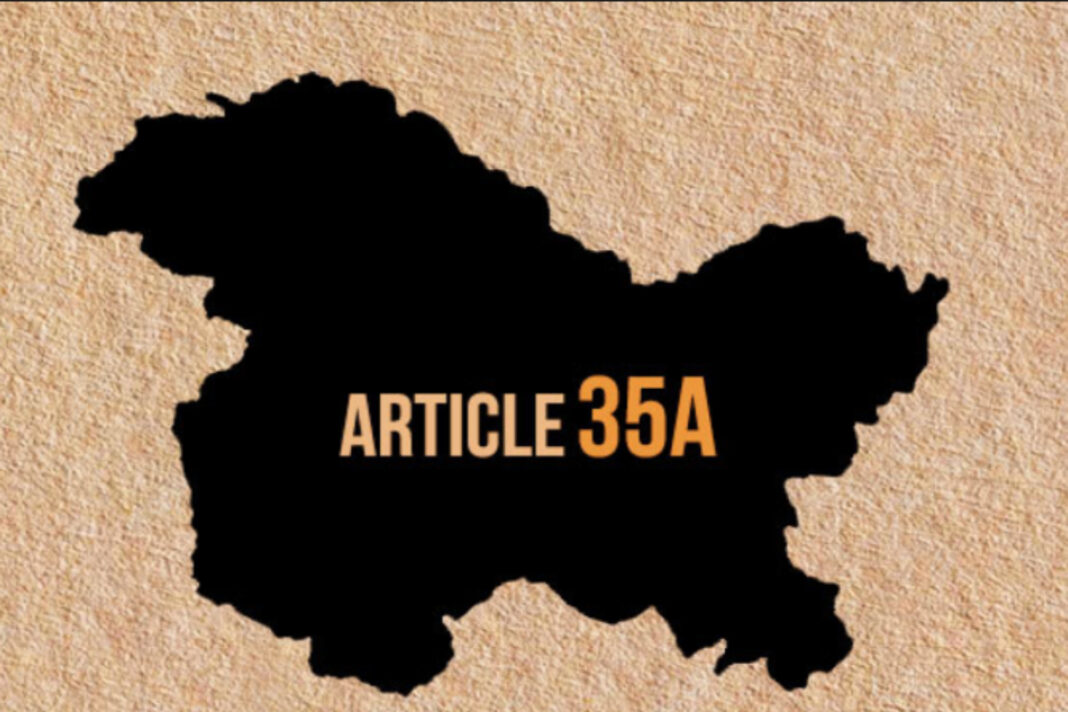CJI Chandrachud: On Monday, DY Chandrachud, the Chief Justice of India, claimed that Article 35A of the Indian Constitution violated the fundamental rights of the people of Jammu and Kashmir. The statements were made on Day 11 of the hearing on many petitions that contested the repeal of Article 370 in relation to the former state of Jammu and Kashmir.
CJI Challenges Article 35A’s Impact on Fundamental Rights
“See the 1954 order, it applied to the entirety of Part 3 of the Indian Constitution and therefore Article 16, 19 applied to them. If you look at the 1954 order, it applies Part 3, but you bring in article 35A, which creates exceptions in three areas: employment under state govt, acquisition of immovable properties and settlement in the state. Though Part 3 is applicable, in the same vein, when you introduce Article 35A, you are taking away three fundamental rights — Article 16(1), Article 19 (1)(f) the right to acquire immovable property, Article 31, and settlement in the state, which was a fundamental right under 19(1)(a). Thus, by enacting Article 35A you virtually took away the fundamental rights,” the CJI told Solicitor General Tushar Mehta when the latter argued that the article created an obstruction to the progress of Jammu and Kashmir.
Unveiling Post-Article 370 Era
Highlighting the benefits of scrapping Article 370, Mehta said, “Look at the matter from the point of view of the people of Jammu and Kashmir. It brought them at par with other countrymen as well. Till now, people were convinced that Article 370 is not a hindrance to our progress and it cannot be removed. That is what is very sad. Now with no 35A, investments are coming. Now with the policies of the central government, tourism has started. 16 lakh tourists have come till now, and it is generating employment for the masses as well.” Mehta further added, “(Article) 370 has continuously evolved depending upon the needs of that situation. Earlier, it was Maharaja, then when Maharaja ceased to exist, it became Sadar-i-Riyasat. Since the Constituent Assembly happened to be existing (then), it was by recommendation.”
Keep watching our YouTube Channel ‘DNP INDIA’. Also, please subscribe and follow us on FACEBOOK, INSTAGRAM, and TWITTER.


